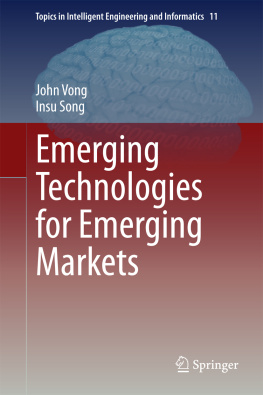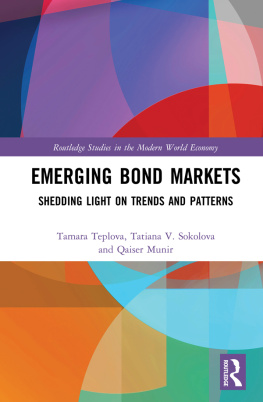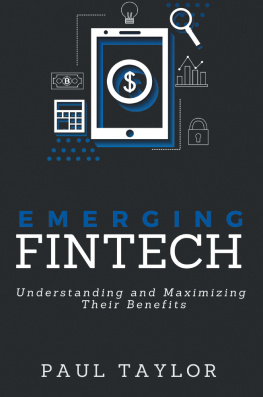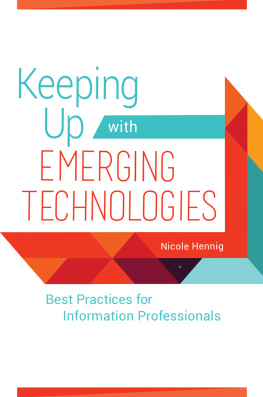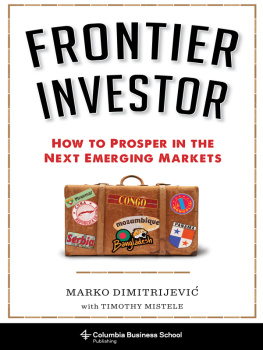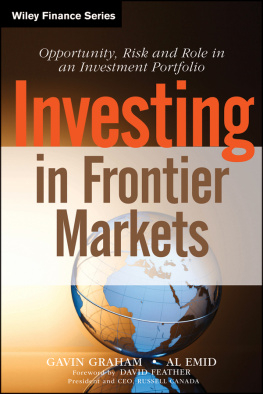1.1 Technologies that will Reshape Our Future
In general the emerging technologies encompass new technologies that are currently developing, or will be developed, over the next 510 years, and which can significantly change the business models and social environment. These include information technology, wireless data communication, man-machine communication, on-demand printing, bio-technologies, and advanced robotics.
The World Economic Forums Global Agenda Council on Emerging Technologies reveals recent trends in technological changes in its Top 10 Emerging Technologies. By identifying the most important technological breakthroughs, the Council aims to raise awareness of the potential and to guide investment, regulation and public understanding of such emerging technologies. For 2014, the Council identified 10 new technologies that could reshape our society in the future: Body-adapted Wearable Electronics, Nanostructured Carbon Composites, Mining Metals from Desalination Brine, Grid-scale Electricity Storage, Nanowire Lithium-ion Batteries, Screenless Display, Human Microbiome Therapeutics, RNA-based Therapeutics, Quantified Self (Predictive Analytics), and Brain-computer Interfaces (World Economic Forum ).
1.2 The Emerging Markets that will Define the World
The term emerging market first appeared in 1981 and was reported by economists at the International Finance Corporation (IFC) when the group promoted the first mutual fund investments in developing countries. Antoine van Agtmael who coined the term, emerging markets, now runs a fund management company with US$24 billion invested in those markets. He believes that the combined GNP of todays emerging markets will overtake that of the developed economies. In the next 50 years, emerging markets will be twice the size of todays economic leaders. Assuming that information technology is deployed to full effect, the populations of these countries would be wealthier, healthier and better educated (The Economist ).
Since then, references to emerging markets have been popularized by the media, used in foreign policy and trade debates, and proliferated in investment fund prospectuses and multinationals annual reports. The definition of the term varies widely to the referenced countries and depending who is reporting it (Khanna and Palepu ).
Two decades later, a former Goldman Sachs economist came up with the term BRIC that comprises of Brazil, Russia, India and China as countries whose growth will shape the world economy in the coming decades (Cocks ). Later S was added to become BRICS that included South Africa. There is also another version BRIICS which included Indonesia and South Africa.
The Asian Development Bank (ADB) has identified 25 countries as emerging market economies: Argentina, Brazil, Chile, China, Columbia, Czech Republic, Egypt, Hong Kong, Hungary, India, Indonesia, Israel, Rep of Korea, Malaysia, Mexico, Peru, Philippines, Poland, Romania, Russian Federation, South Africa, Singapore, Taipei, Thailand, and Turkey. Of the 25 economies, 11 are in Asia, seven in Europe, five in Latin America, 1 in the Middle East, and 1 in Africa (Park and Mercado ).
In mid-2013, Bloomberg listed the top 20 emerging markets as China, South Korea, Thailand, Peru, Czech Republic, Malaysia, Turkey, Chile, Russia, Indonesia, Columbia, Poland, Namibia, Zambia, South Africa, Mexico, Brazil, Hungary, Morocco and Philippines. The list of markets is not that different from ADB, with the exception it is more inclined towards the African continent (Bloomberg Markets ).
However The Economist () reported that the most impressive growth was in four of the biggest emerging economies: Brazil, Russia, India and China (BRIC). These economies have taken their own growth paths and for different reasons. But their size singled them out as special, in terms of purchasing-power, they were the only $1 trillion economies outside the OECD. Their growth rates were spectacular (see chart). Today they are four of the largest ten national economies in the world.
In 2010, a popular US political commentator said that the rise of the rest is a transformative, tectonic shift in the distribution of global power (Khanna and Palepu ). He reported that companies based in these emerging economies are already challenging multinationals based in the developed world. Take for examples, China-based Lenovo has purchased the IBM personal computer business in 2004, and the acquisition of Jaguar and Land Rover by Tata Motors of India in 2008 are signs of the increasing business expansion by firms in emerging markets. Some observers see the financial crisis of 2008 as an inflection point which accelerated the emergence of these markets as dominant players in the global economy.
1.3 R&D, Innovation and Technologies in Emerging Markets
The OECD Report 2014 revealed that OECD countries on average invested 2.4 % of their GDP in R&D in 2011. In the emerging markets, China invested 1.8 % of its GDP (second highest spender on R&D in the world for 2011), followed by Brazil 1.2 % (2010), Russian Federation (1.1 %), South Africa 0.9 % (2008), India 0.8 % (2009), and Indonesia 0.1 % (2009). Although they invested less than OECD countries, China has made great progress in the last decades (OECD ).
The rapid growth in interest and importance of technology innovations in emerging markets is evidenced by the exponential increase of published articles about innovation (Jana ).
Although there is much R&D investment in the emerging markets, there is a distinct approach being undertaken. The brand of innovation is called jugaad in India, zizhu chuangxin in China, gambiarra in Brazil and jua kali in Kenya. The English translation is associated with DIY or make do and mend or just do it (Radjou et al. ).
The multinational corporations led the world in R&D in new product development. For the vast majority of consumers in emerging markets, they consider these products as expensive, not user friendly and with many features not deemed necessary. There is a need to keep the product simple that directly bring immediate benefits.

